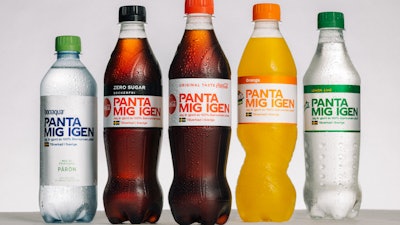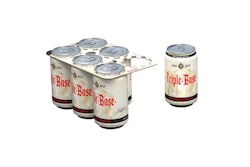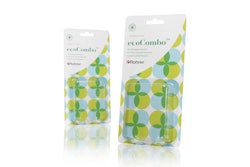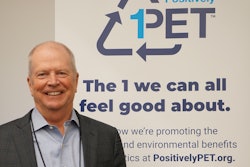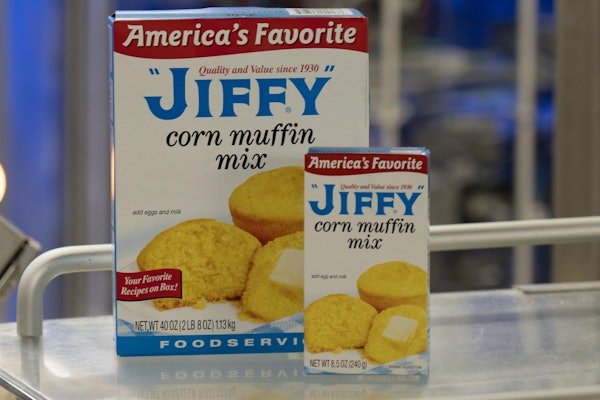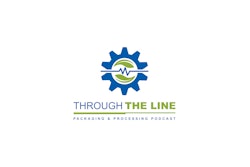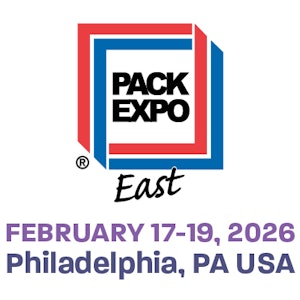As reported by Packaging World in November, all Swedish Coca-Cola bottles are now going 100% recycled PET (rPET). New labels on Coca-Cola’s new bottles are designed to encourage consumers to recycle more, supporting Coca-Cola’s goal to collect a bottle or can for each and every one it sells and create a circular economy for plastic packaging.
The labels will clearly communicate the message “Jag är gjord av 100% återvunnen plast,” which translates to “Recycle me again. I am made of 100% recycled plastic.” This message not only encourages recycling, it also signals that the bottle is already made of post-consumer material, hence it will be recycled “again.”
The move, which forms part of Coca-Cola’s sustainable packaging strategy, hints at the brand’s ambition for wider markets across Western Europe, where, ultimately, its goal is to replace all virgin-PET in its plastic bottles with 100% rPETor renewable materials, until it reduces its need for virgin-PET to zero.
“It takes collaboration to achieve a circular economy for packaging,’ says Sofie Morsink Eliasson, general manager at Coca-Cola European Partners Sweden We have a great deposit system in Sweden—where the majority of the bottles are collected—and today, 85 percent of all PET bottles are deposited and recycled. The ambition of the initiative is to increase the level of recycled bottles still further towards our goal of 100% by 2025. I am grateful to everyone involved for their commitment to helping increase of the collection rate in Sweden still further.”
Coca-Cola Sweden’s new labels will be introduced across the Coca-Cola, Fanta, Sprite, and Bonaqua brands and represent a radical departure from its standard international label design.
The exclusive and distinctive label design is on all PET bottles in size 0.5 L and 1.5 L which are locally produced in Jordbro, Sweden. The local sourcing is also referenced on the label with a "Made in Sweden" claim.
“The transition to 100% recycled plastics in Sweden affects 205 million bottles per year and is a significant landmark for our business. We are delighted to bring these new bottles, which use no new ‘virgin’ oil-based plastic, on to the market. Of course, we also want to ensure that we get each of these bottles back to recycle them again, so that no material is ending up as litter or waste. That’s why I feel proud that we are launching the bottles with labels that mark such a distinctive departure from their usual look, using the power and reach of our brands to promote this important message. As a company, we are clear about our responsibility to see that none of our packaging ends up as waste or in the environment, and we need the support of consumers to achieve this. We are committed to making a positive contribution to the communities where we operate and to promoting a circular economy for plastic. When we engage with consumers on the issues that matter, we can really make a difference together,” says Barbara Tönz, general manager at Coca-Cola AB.
Other recent Coca-Cola pronouncements on green and sustainability include a partnership on PlantBottle production and a move from film to paperboard multipacks.
